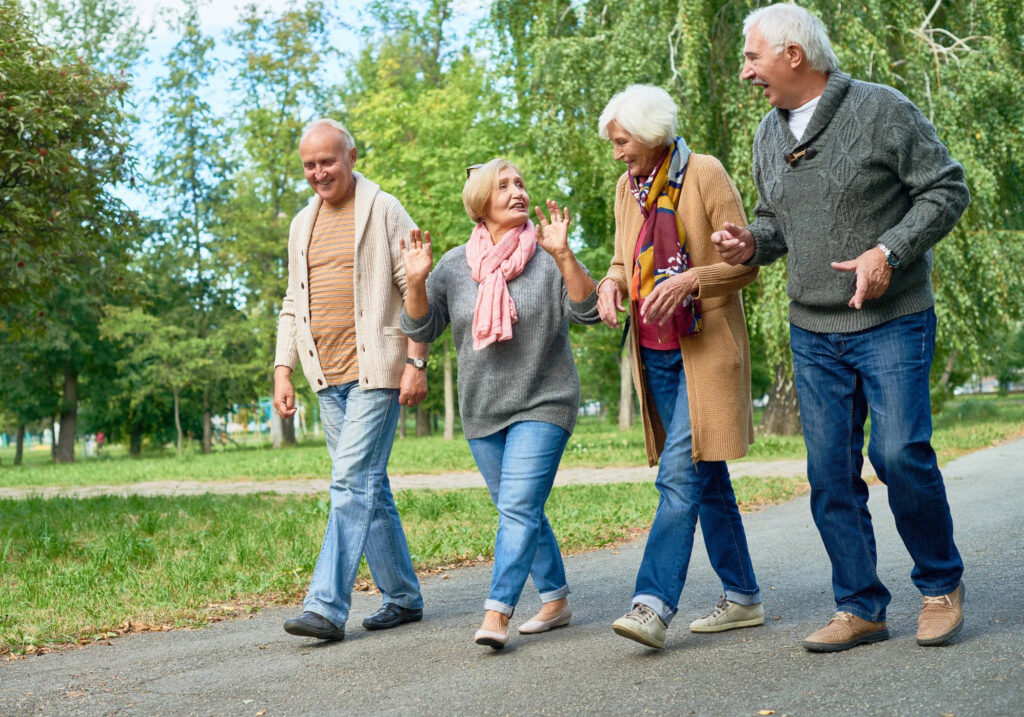During the normal aging process, some physical abilities decline, including strength, quickness and swiftness, and stamina. In addition to these muscle-related declines, there are also changes that occur in coordination. Together, these changes mean that as you age, you may not be able to perform activities such as running to catch a bus, walking around the garden, carrying groceries into the house, keeping your balance on a slippery surface, or playing catch with your grandchildren as well as you used to. But do these activities have to deteriorate? Let’s look at why these declines happen — and what you can do to actually improve your strength and coordination.
Changes in strength
Changes in strength, quickness, and stamina due to age are all associated with decreasing muscle mass. Although there is not much decline in your muscles between ages 20 and 40, after age 40 there can be a measurable decline each year.
Changes in coordination
Changes in coordination are less related to muscles and more related to the brain and nervous system. Multiple brain centers need to be, coordinated to allow you to do everything from hitting a tennis ball to keeping a stack of dishes steady as you walk across a room. This means that the wiring of the brain, the so-called white matter that connects the different brain regions, is crucial.
How to improve your strength and coordination.
It turns out that one of the most important causes of reduced strength and coordination with aging is simply reduced levels of physical activity. There is a myth in our society that it is fine to do progressively less exercise the older you get. The truth is just the opposite! As you age, it becomes more important to exercise regularly — perhaps even increasing the amount of time you spend exercising to compensate for bodily changes in hormones and other factors that you cannot control. The good news is that participating in exercises to improve strength and coordination can help people of any age. However, that you may need to be more careful with your exercise activities as you age to prevent injuries. If you’re not sure what the best types of exercises are for you, ask your doctor or a physical therapist.
Here are some things you can do to improve your strength and coordination, whether you are 18 or 88 years old:
- Participate in aerobic exercise such as brisk walking, jogging, biking, swimming, or aerobic classes at least 30 minutes per day, five days per week.
- Participate in exercise that helps with strength, balance, and flexibility at least two hours per week, such as yoga, tai chi, Pilates, and isometric weightlifting.
- Practice sports that you want to improve at, such as golf, tennis, and basketball.
- Take advantage of lessons from teachers and advice from coaches and trainers to improve your exercise skills.
- Work with your doctor to treat diseases that can interfere with your ability to exercise, including orthopedic injuries, cataracts and other eye problems, and Parkinson’s and other movement disorders.
- Fuel your brain and muscles with what some call a Mediterranean menu of foods including fish, olive oil, avocados, fruits, vegetables, nuts, beans, whole grains, and poultry. Eat other foods sparingly.
- Sleep well — you can actually improve your skills overnight while you are sleeping.
At Christian Care Communities, our active senior living communities focus on the health and well-being of the whole person – body, mind and spirit. That’s why our staff focus on three pillars of our nearly 140 year legacy which are Faith – Care – Family. It’s who we are and it’s how we operate our mission of enhancing the journey of life for older adults. Our residents take advantage of all the Strong Aging points shared in this article and we invite you to come see the difference – you’ll be glad you did.
To learn more, please visit www.ChristianCareCommunities.org.

